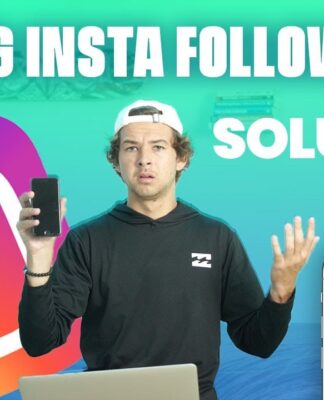Good eyesight is a prerequisite for learning and developing a child. Ophthalmologist Elita Khvedelidze, director of the Sagittarius clinic, explains that it takes time for a baby’s eyes to develop as his eyes get used to the world. Well, from 2 to 3 meters and even further, you almost have to collect up to the daruma ”.
The sight of a child develops before the age of 8 to 9 years old, so it is very important to check your child’s vision in a timely manner so that any abnormality can be detected and treated in a timely manner.
Due to the continuous changes in the child’s eyes, there are times when the child’s eye needs to be examined by a doctor for prophylaxis. The first examination of the fundus and structures of the eye takes place in maternity, the next examination at the age of 6 months, 1 and 3 years. After that, the child’s sight is checked at the age of 6, before the child goes to school.
At the age of 2 to 4 years old, a child may not even realize or understand that he has a vision problem, so it would be fair to look at his behavior in addition to the preventive controls.
Lika Loma, ophthalmologist at the Oculus Med clinic, children of this age often have congenital ametropia [myopia, hyperopia or astigmatism], although a child can develop spasm of the eye muscles while watching cartoons while eating.
According to experts, your child has a vision problem if?
- The eyes turn red, especially in the evening. It is the most common symptom during ametropia. She also has tears or itching which can cause her eyes to swell.
- The child often behaves – he walks on the doorstep, on the stairs, collides or does not turn the door, the corner of the table, etc.
- Blinking eyes is the same muscle tick disorder. This is one of the signs of ametropia and blurred vision, although at such times there is usually an emotional factor [fears or something else.
- He narrowed his eyes, focusing his gaze on an object – so he pressed Guga mechanically to get a better view.
- Move closer to the TV. It also brings the face of the sheet closer when writing or drawing.
- The child often has a sore or sore head [on the forehead.
- If he cannot catch an object shot from a distance of 2 meters – because the eye is not fixed on the object, i.e. he does not follow the ball, for example . If the eye is fixed but the child still cannot catch the ball, it is difficult for the body to act and it is not a problem for the eye.
- Unless there is a red reflection on the photos taken for the child [red eyes on the photos] and not on both eyes. If the “red eyes” effect of the photo is visible, it is better to light up the red color in both eyes of the child.
- It is difficult to identify / distinguish characters from a certain distance, while his peers are able to do so at the same distance.
- With stupidity, that is to say, avoiding the eyes. Even periodically.














